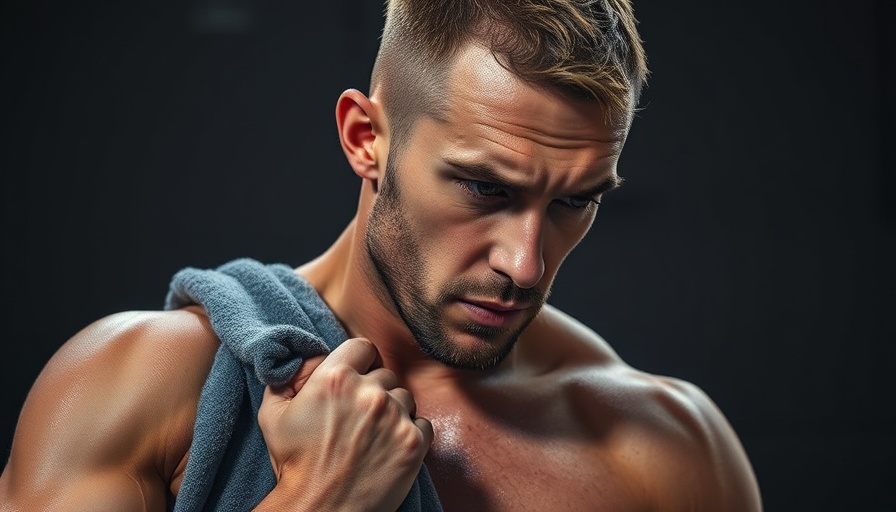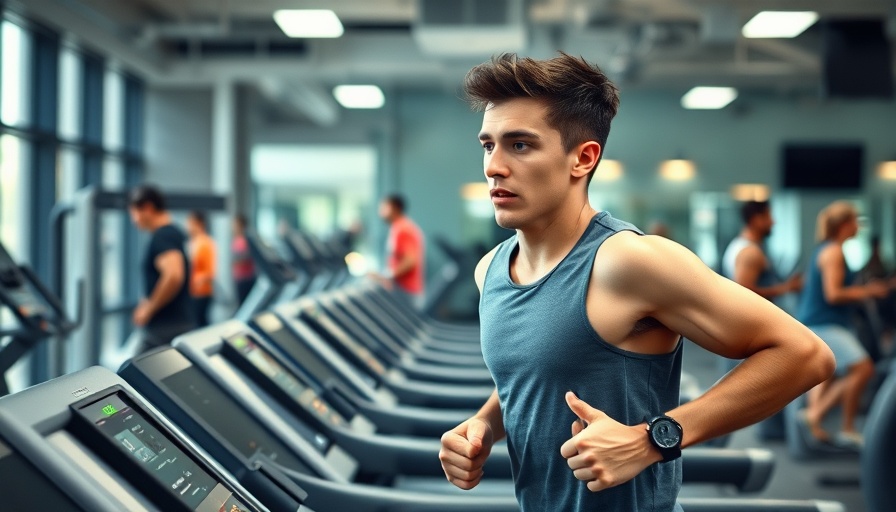
Urgent Wedding Trends Among LGBTQ+ Couples
In the wake of shifting societal norms and legal uncertainties, LGBTQ+ couples are feeling an intense urgency to solidify their commitments through marriage. With ten years since the landmark legalization of same-sex marriage nationwide, the atmosphere surrounding LGBTQ+ rights is increasingly fraught. When concerns arose over the stability of these rights post-election, many couples chose to accelerate their marriage plans to ensure legal safeguards for their relationships.
Protecting Rights through Partnership
“Many couples are looking for the protections that marriage provides, including hospital visitation rights and inheritance protections,” says wedding expert Brittny Drye, highlighting how couples are motivated by a need for security amid growing political unrest. Observing this trend, wedding professionals like ordained minister Liv Dellanno have noted a rise in couples opting for immediate, legal ceremonies to protect their rights rather than waiting for larger celebrations. This sense of urgency serves not only practical purposes but also emotional ones, as couples navigate a world where acceptance isn’t a guarantee.
The Rise of Stand-In Families
Yet the path to happily ever after isn’t without obstacles. For many in the queer community, family acceptance can be precarious. "What we’re seeing isn’t necessarily new bigotry; it's that the gloves have come off," says LGBTQ+ advocate Daniel Blevins, underscoring how extremist views can complicate familial relationships when it comes to marriage. This alienation has led to the growth of organizations like Stand In Pride, where chosen families emerge as a vital lifeline for individuals facing rejection. By providing support and camaraderie, these organizations remind each other that love and acceptance can come from those not bound by blood.
The Power of Community
For digital nomads who identify as LGBTQ+, this community support is even more essential. Living on the road can mean being away from conventional family structures, making the concept of chosen families particularly resonant. The push for connection and belonging drives many to seek out fellow travelers who can share understanding and experiences.
What You Can Do
If you’re part of the queer community or an ally, consider embracing these communities that celebrate love and acceptance. Supporting or joining organizations like Stand In Pride can enhance your sense of belonging while also providing resources to those in need. This activism fosters a network that can bridge family gaps and affirm individual identities, regardless of external pressures.
Moving Forward Together
As the landscape for LGBTQ+ rights evolves, the traditions surrounding marriage are also shifting to reflect these realities. Understanding this moment allows both individuals and communities to reaffirm their values and commitments—values that transcend mere legality into the realm of personal happiness and fulfillment. The urgency felt by many couples to marry now highlights a collective desire to build lives filled with love, support, and recognition. Acknowledging that families can be chosen rather than limited to birthright is crucial in redefining what commitment means in today’s society.
 Add Row
Add Row  Add
Add 




Write A Comment